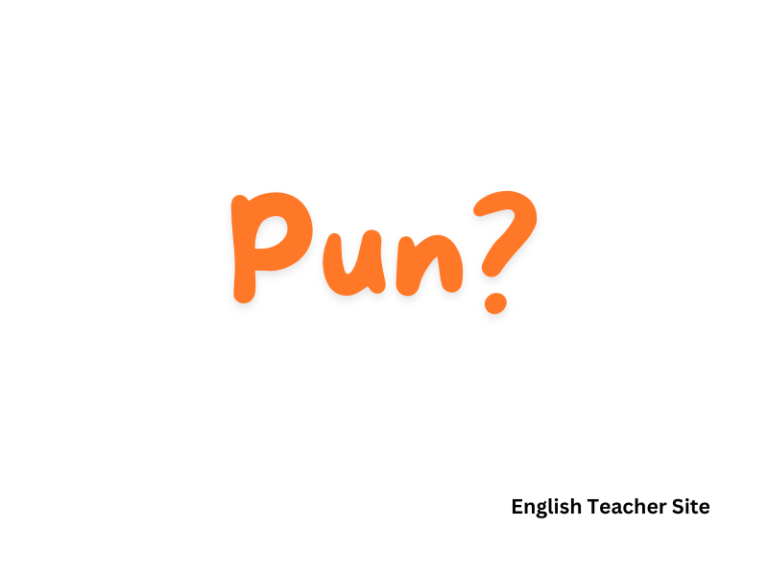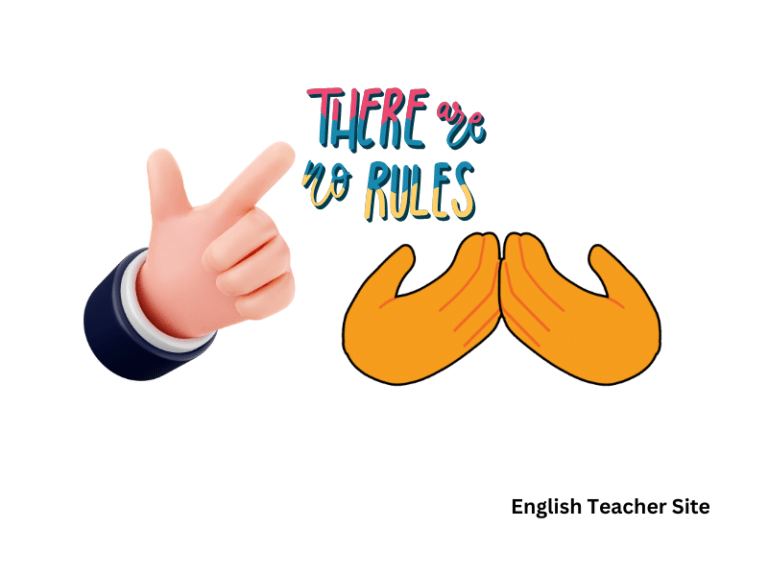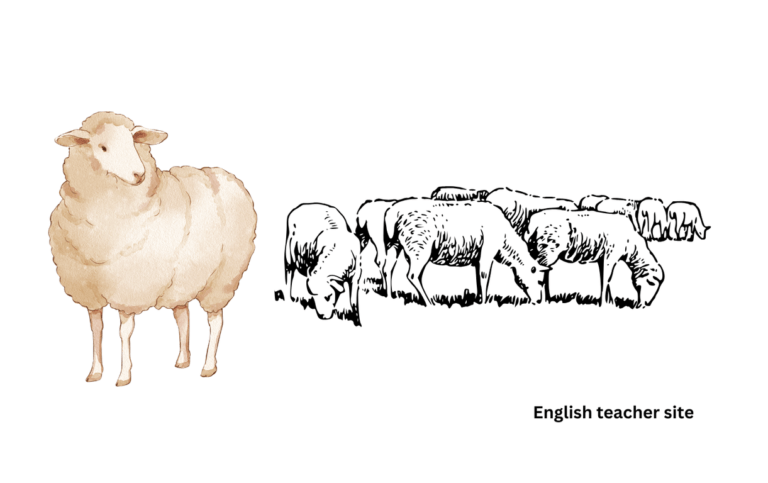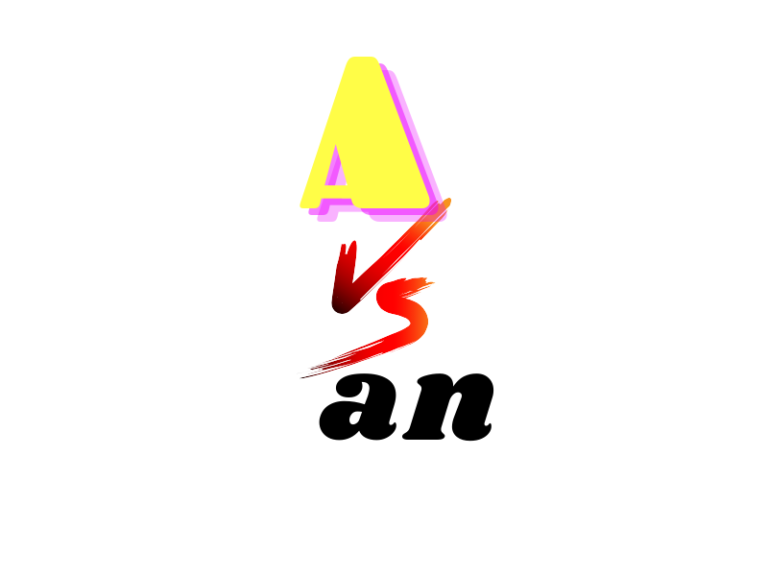Parts of Speech: 8 Key Elements Explained and Their Usage Guide
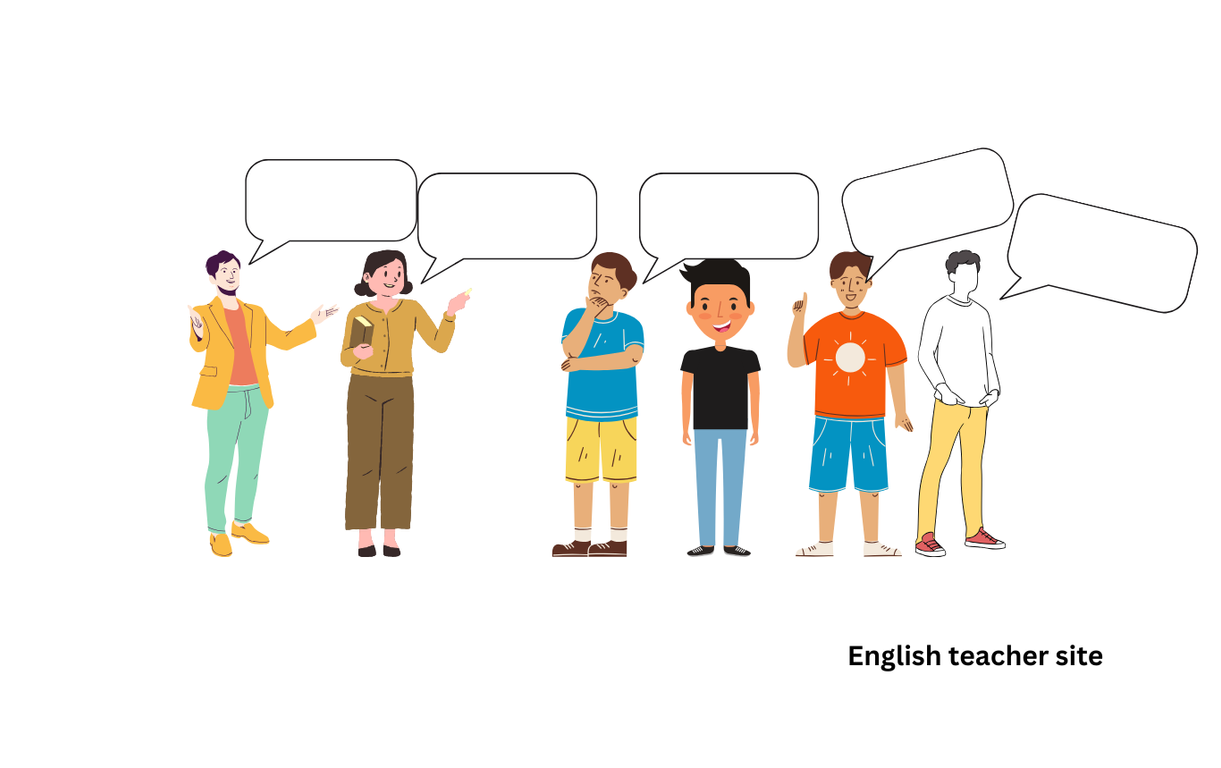
- Parts of speech are crucial to sentence structure and clarity in English grammar.
- Each of the eight parts of speech serves a specific function within a sentence.
- Mastery of parts of speech helps prevent common grammatical errors.
To develop a strong command of English, one must become adept at identifying and employing the eight parts of speech. Having a clear grasp of their functions can prevent common grammatical errors that often confuse readers and distort the message. A sentence’s clarity hinges on the correct placement and use of these essential components. With practice and knowledge, the mechanics of English become less daunting, enabling more effective and expressive communication.
Parts of Speech: 8 Parts of Speech, What Are They, How to Use Them
In English, the eight parts of speech are fundamental building blocks of language. Each part of speech serves a unique function within a sentence, contributing to the meaning and structure of communication.
Nouns name people, places, things, or ideas. They can be subject or object in a sentence:
- Subject: The dog barks.
- Object: She petted the dog.
Pronouns replace nouns and help avoid repetition:
- She loves her dog.
Verbs express action or state of being:
- Action: The dog runs.
- State: The dog is happy.
Adjectives describe or modify nouns, giving more information:
- The playful dog.
Adverbs modify verbs, adjectives, or other adverbs, often ending in ‘-ly’:
- She petted the dog gently.
Prepositions show the relationship between a noun or pronoun and other parts of the sentence:
- The dog jumped over the log.
Conjunctions connect words, phrases, or clauses:
- The dog ran and jumped.
Interjections express strong emotions or reactions, often standing alone:
- Wow! That’s a fast dog.
The following tables show examples and their usage:
| Part of Speech | Function | Example Sentence |
|---|---|---|
| Noun | Naming a person, place, thing, or idea | The cat sat on the mat. |
| Pronoun | Replacing a noun | She is happy. |
| Verb | Expressing an action or state | The cat purred. |
| Adjective | Describing a noun | The lazy cat. |
| Adverb | Modifying a verb, adjective, or adverb | The cat purred softly. |
| Preposition | Showing relationship between two elements | The cat is on the mat. |
| Conjunction | Connecting clauses or phrases | The cat purred and slept. |
| Interjection | Expressing emotion | Oh! What a nice cat! |
Using the Parts of Speech:
| Part of Speech | How to Use |
|---|---|
| Noun | Use as subject or object in a sentence |
| Pronoun | To avoid repetition of a noun |
| Verb | To denote action or state |
| Adjective | To provide details about a noun |
| Adverb | To modify or qualify an action or trait |
| Preposition | To indicate location, time, or method |
| Conjunction | To connect sentences or parts of a sentence |
| Interjection | To exclaim emotion or a sudden reaction |
Understanding the 8 Parts of Speech
Parts of speech are the categories that words are divided into based on their function. These classifications are essential for understanding how words can be combined to form meaningful sentences.
Nouns
Nouns are the building blocks of sentences, representing people, places, ideas, or objects. They can be categorized into several types:
- Common nouns: Refers to general items, e.g., ‘city,’ ‘dog.’
- Proper nouns: Specific names of people or places, e.g., ‘London,’ ‘Elizabeth.’
- Abstract nouns: Qualities or ideas, e.g., ‘bravery.’
- Concrete nouns: Perceptible things, e.g., ‘book.’
- Countable nouns: Items you can count, e.g., ‘apples.’
- Uncountable nouns: Substances or concepts you cannot count, e.g., ‘sugar.’
- Collective nouns: Groups of things or people, e.g., ‘flock.’
- Singular noun: Represents one item, e.g., ‘car.’
- Plural noun: Represents more than one item, e.g., ‘cars.’
Pronouns
Pronouns replace nouns in sentences, helping avoid repetition:
- Personal pronouns: ‘I,’ ‘you,’ ‘he,’ ‘she.’
- Demonstrative pronouns: ‘this,’ ‘that,’ ‘these,’ ‘those.’
- Interrogative pronouns: ‘who,’ ‘what,’ ‘where.’
- Indefinite pronouns: ‘anyone,’ ‘everyone.’
- Relative pronouns: Connect clauses, e.g., ‘who,’ ‘which.’
- Reflexive pronouns: Reflect back to the subject, e.g., ‘myself.’
- Possessive pronouns: Show ownership, e.g., ‘yours,’ ‘ours.’
Verbs
Verbs showcase action or a state of being in a sentence:
- Regular verbs: Form their past tense by adding -ed, e.g., ‘talked.’
- Irregular verbs: Have a unique past tense, e.g., ‘sang.’
- Auxiliary verbs: Help the main verb, e.g., ‘have,’ ‘be.’
- Transitive verbs: Require an object, e.g., ‘need’ (something).
- Intransitive verbs: Do not require an object, e.g., ‘sleep.’
- Linking verbs: Connect the subject to more information, e.g., ‘appear.’
- Modal verbs: Express necessity or possibility, e.g., ‘must,’ ‘can.’
- Phrasal verbs: Consist of a verb plus a particle, e.g., ‘give up.’
Adjectives
Adjectives modify nouns and pronouns, providing additional information:
- Articles: The definite article ‘the,’ and indefinite articles ‘a,’ ‘an.’
- Comparative adjectives: Compare two things, e.g., ‘taller.’
- Superlative adjectives: Compare more than two things, e.g., ‘tallest.’
- Coordinate adjectives: Equally modify a noun, e.g., ‘a cold, rainy night.’
- Participial adjectives: Derived from verbs, e.g., ‘boring.’
- Denominal adjectives: Formed from nouns, e.g., ‘golden.’
Adverbs
Adverbs modify verbs, adjectives, and other adverbs:
- Adverbs of manner: Describe how something is done, e.g., ‘quickly.’
- Adverbs of time: Indicate when something happens, e.g., ‘yesterday.’
- Adverbs of place: Indicate where, e.g., ‘here.’
- Adverbs of degree: Indicate the level of intensity, e.g., ‘very.’
- Adverbs of frequency: Indicate how often, e.g., ‘often.’
Prepositions
Prepositions are used to show relationships between nouns or pronouns and other words in a sentence:
- Preposition examples: ‘at,’ ‘on,’ ‘in.’
Conjunctions
Conjunctions connect words or groups of words:
- Coordinating conjunctions: Connect elements of the same grammatical type, e.g., ‘and,’ ‘but.’
- Correlative conjunctions: Work in pairs, e.g., ‘neither/nor.’
- Subordinating conjunctions: Connect clauses, e.g., ‘although,’ ‘because.’
Interjections
Interjections express emotion and are often found at the beginning of a sentence:
- Exclamatory words: ‘Wow!,’ ‘Ouch!,’ ‘Hooray!’
Parts of Speech Tables
| Noun Types | Examples |
|---|---|
| Common | book, city |
| Proper | London, Elizabeth |
| Abstract | happiness, time |
| Concrete | cup, apple |
| Verb Types | Examples |
|---|---|
| Regular | talk, walk |
| Irregular | go, be |
| Auxiliary | have, will |
| Transitive | bring, give |
| Intransitive | sleep, sit |
| Linking | seem, become |
| Modal | can, must |
| Phrasal | break up, set out |
Common Mistakes with Parts of Speech
Each part of speech plays a pivotal role in sentence structure and the conveyance of meaning. Recognizing and understanding their functions help both the writer and the reader communicate more precisely.
Using Parts of Speech Effectively
To use parts of speech effectively, one must grasp their specific functions within sentences. Here’s a brief overview:
- Nouns: Name people, places, things, or ideas (e.g., cat, happiness).
- Pronouns: Stand in for nouns (e.g., she, they).
- Verbs: Express actions or states of being (e.g., run, is).
- Adjectives: Describe nouns (e.g., sunny, blue).
- Adverbs: Modify verbs, adjectives, or other adverbs (e.g., quickly, very).
- Prepositions: Show relationships between nouns or pronouns and other words in a sentence (e.g., under, beside).
- Conjunctions: Connect words, phrases, or clauses (e.g., and, because).
- Interjections: Express strong emotions (e.g., wow, ouch).
Determiners, quantifiers, numbers, and articles are often considered part of the noun phrase and are essential in specifying which noun you’re referring to.
Common Errors and How to Avoid Them
1. Articles and Nouns:
- Incorrect: I have cat.
- Correct: I have a cat (when referring to any single cat).
2. Agreement between Subject and Verb:
- Incorrect: She run every day.
- Correct: She runs every day.
3. Overuse or Incorrect Use of Adverbs:
- Incorrect: She sings very beautifully.
- Correct: She sings beautifully (the adverb ‘very’ is often unnecessary).
4. Confusing Adjectives and Adverbs:
- Incorrect: He runs quick.
- Correct: He runs quickly (use an adverb to modify a verb).
5. Misuse of Pronouns:
- Incorrect: Each student must submit their homework.
- Correct: Each student must submit his or her homework (use ‘his or her’ for singular nouns).
6. Plural Forms and Possessives:
- Incorrect: Childrens’ books.
- Correct: Children’s books (the possessive apostrophe placement).
A table to help identify errors and corrections for subject-verb agreement and singular/plural confusion:
| Common Error | Correction | Explanation |
|---|---|---|
| The cats is outside. | The cats are outside. | ‘Cats’ is plural, so the verb should be ‘are.’ |
| She have two dogs. | She has two dogs. | ‘She’ is singular, so the verb should be ‘has.’ |
A table to help distinguish between possessive determiners and contractions:
| Incorrect Use | Correct Use | Type |
|---|---|---|
| Your funny! | You’re funny! | ‘You’re’ is a contraction for ‘you are.’ |
| Its raining. | It’s raining. | ‘It’s’ is a contraction for ‘it is.’ |
Source
My name is Khamis Maiouf. I am the creator of the English Teacher Site, dedicated to providing valuable resources and insights for students around the world. With a passion for education and a commitment to helping students enhance their skills, I aim to make English teaching more effective and enjoyable for both educators and students.


